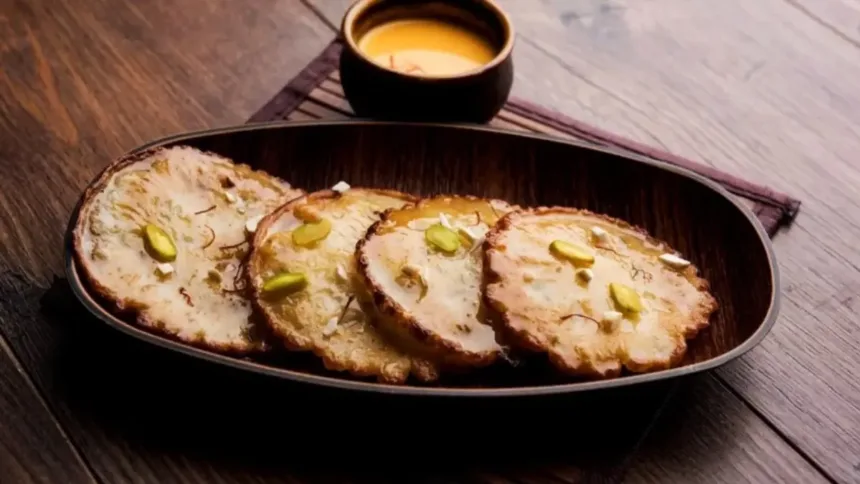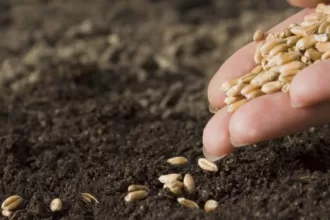Everyone is eagerly waiting for Holi. Every year on the full moon day of Phalgun month, people celebrate this festival of colors. Holi will take place on March 25 this year. On Holi, people consume a lot of different meals. Apart from Gujiya and Thandai, there is also a trend of eating Malpua in this festival. Let us know why Malpua is eaten on Holi.
Holi (Holi 2024) is a festival for which everyone eagerly waits. This is one of the most important and biggest festivals of Hindu religion, which is celebrated with great pomp across the country. This festival of colors is also very famous because of its food. As soon as the name of Holi comes to people’s mind, the first thought that comes to their mind is Gujiya and Thandai. Both of these are one of the important dishes prepared in Holi.
However, apart from these two dishes, one more dish can be tasted in Holi. Malpua is another such dish, which has its own importance in making for Holi. People’s mouth often waters after hearing its name. It is very much like pancake, due to which it is also called the Indian version of pancake. If you also like its taste, then today we will tell you its history and its connection with Holi.
Oldest Indian sweet
Talking about its history, Malpua is considered to be the oldest sweet of India. It was mentioned around 3000 years ago in the Vedic era. The Vedic literature, known as the Rigveda, dates back to 1500 BC and mentions it frequently. At that time, it was known as apupa, which was made from barley flour.
To make it, first it was boiled in water, then deep fried in desi ghee and finally dipped in honey. Only ‘enlightened’ spirits were served this food at the time.
Connection of Rajput and Malpua
Everyone knows that we Indians love to eat sweets. Rajputs were also not untouched by this. In such a situation, due to his fondness for eating sweets, he started experimenting with Malpua. For this, he used wheat instead of barley and sugarcane juice instead of honey, but no change was felt in its taste. In such a situation, he mixed jaggery, cardamom, black pepper and ginger in Malpua and gave it the shape of a small flat cake.
He also used a topping filled with sugar granules and ghee. Rajputs created Pupalik, or stuffed malpua, through this experiment, and this variation of malpua became a distinctive Holi food.
Bengali twist in Malpua
Bengalis are renowned for their experimentation, just as Rajputs. Because of this expertise, he combined milk and flour and deep-fried the resulting combination. Actually, the usage of sugar syrup in this meal dates back to the Bengalis. Bengalis began consuming it exclusively during the winter months at that point, rather than just at Holi. Interestingly, the name Malpua originates from Bengal and has now gained recognition at the national level.
Malpua became Amalu in Odisha
Different types of Malpuas are served every morning in the world famous Jagannath Temple in Puri, Odisha. Here it is called Amaalu and is considered the first sacred offering of the day to the deity. Amaalu is made from condensed milk and very little rice flour. It is often served with mango, banana or pineapple. Food historians believe that amaalu has been served here ever since the Jagannath temple existed.
Read More: Hola Mohalla: Why is Hola Mohalla celebrated, know how this festival started






